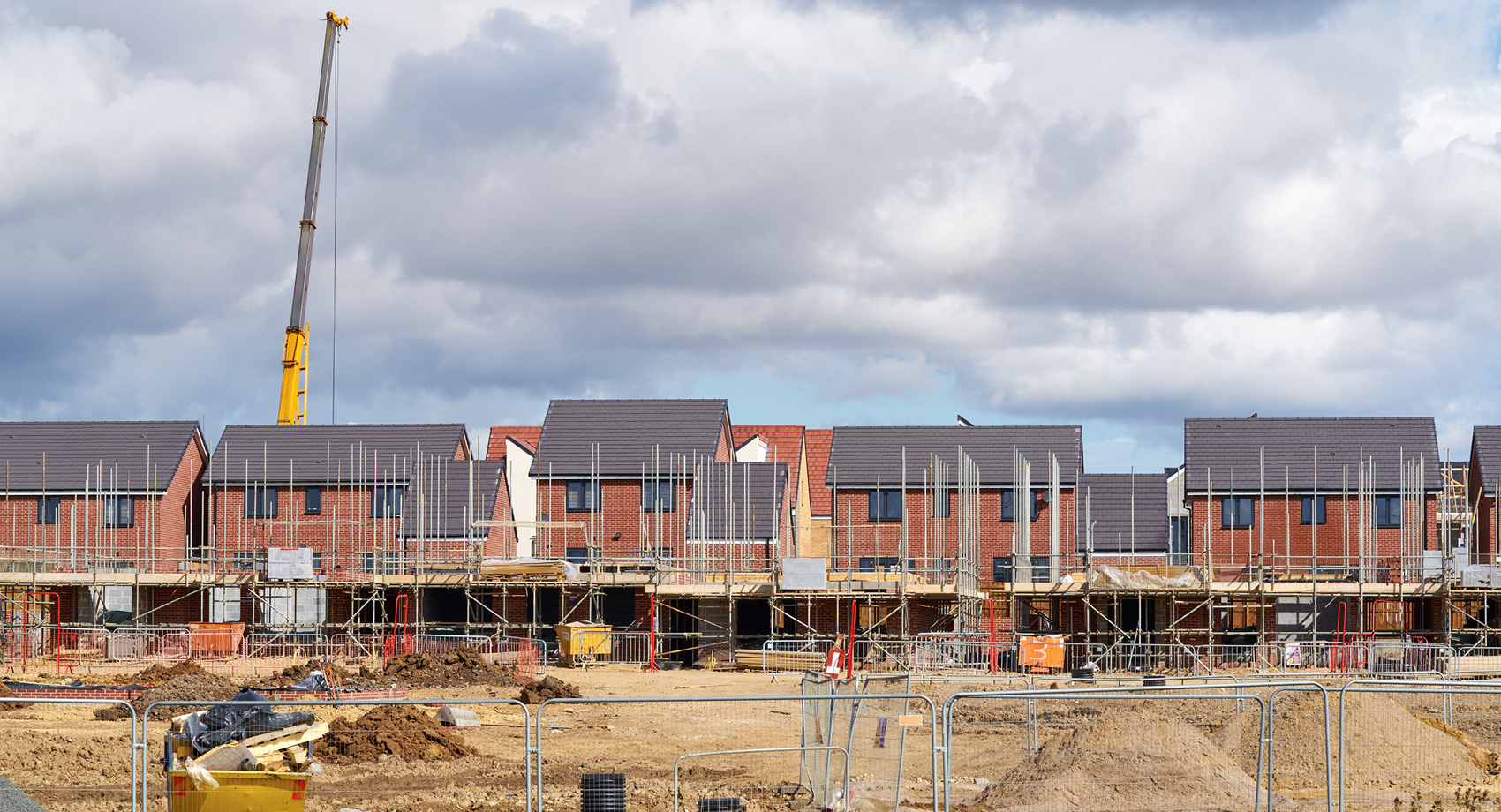Local Planning Authorities are crying out for the necessary resources to be able to deliver new housing; the lack of support from central Government is leaving them out to dry, facing the wrath of disgruntled stakeholders.
Click here to download a copy of our 2021 Residential Development Survey Findings
Government must do more
The Government’s manifesto promises to build at least one million new homes over the next five years, with a target of building 300,000 homes per year by the mid-2020s. We have yet to see this materialise, with the highest delivery rate at 267,000 new homes in 2019/20, and for 2020/21, the impact of the pandemic and changes to national policy remain to be seen.
The effectiveness of the ‘urban area uplift’ tweak to the standard methodology is questionable, and now that the 2020 White Paper has been sidelined, all eyes will be on the government’s next steps to unlock the delivery of new homes, with 74 per cent of those surveyed saying that the government is not doing enough to support the delivery of new housing.
“Put housing on the national agenda…force great minds to come up with viable solutions” – 2021 survey respondent
Stripped resources
Planning policy remains the biggest factor affecting the delivery of new housing; up to 68% from 50% in 2017. Calls to provide better support and increased investment to Local Planning Authorities were unanimous, with respondents citing the overwhelming lack of resource that most local authorities face leading to prolonged and lengthy response times, adding pressure to a system at breaking point.
72% - planning reforms won’t affect the delivery speed of new housing
"Reforms will take too long to bring into practice and any reforms are likely to be highly watered down in the face of political pressure” – 2021 survey respondent
Stimulating new housing
The same ghosts of land supply and finance remain the key constraints to housing delivery, with 63% of respondents calling for an increased allocation of land by local authorities to support residential development schemes and improve market availability, followed closely by the need for reduced Community Infrastructure Levies, S106 contributions and other planning obligation costs to further stimulate the delivery of new housing.
Biggest factors affecting the delivery of new housing
| Factor | All Respondents |
| Planning Policy | 68% |
| Opposition from Local Communities | 56% |
| CIL/ s106/ Planning Obligation Costs | 51% |
Source: Lambert Smith Hampton
NB: Respondents were able to select more than one factor
Permitted Development Rights (PDR)
The Government’s drive to deliver housing through changes to the Permitted Development regime may not be having the intended effect on delivery of housing due to recent changes being too complex. The original office to residential changes delivered significant levels of housing (of differing quality) but the secondary and tertiary office space which lent itself to these changes has now, by and large, been redeveloped where this was likely to happen. More recent changes could still yet deliver further housing, but they do not seem to have been seized upon by developers in the way that earlier PDR changes were.
76% - Permitted Development Rights have had limited impact
“They can provide poor quality housing stock and is probably best used for temporary accommodation only” - 2021 survey respondent
Click here to download a copy of our 2021 Residential Development Survey Findings
Get in touch

Stephen Hemming
Senior Director – National Head of Planning Consultancy
Email me direct
To:
REGISTER FOR UPDATES
Get the latest insight, event invites and commercial properties by email







